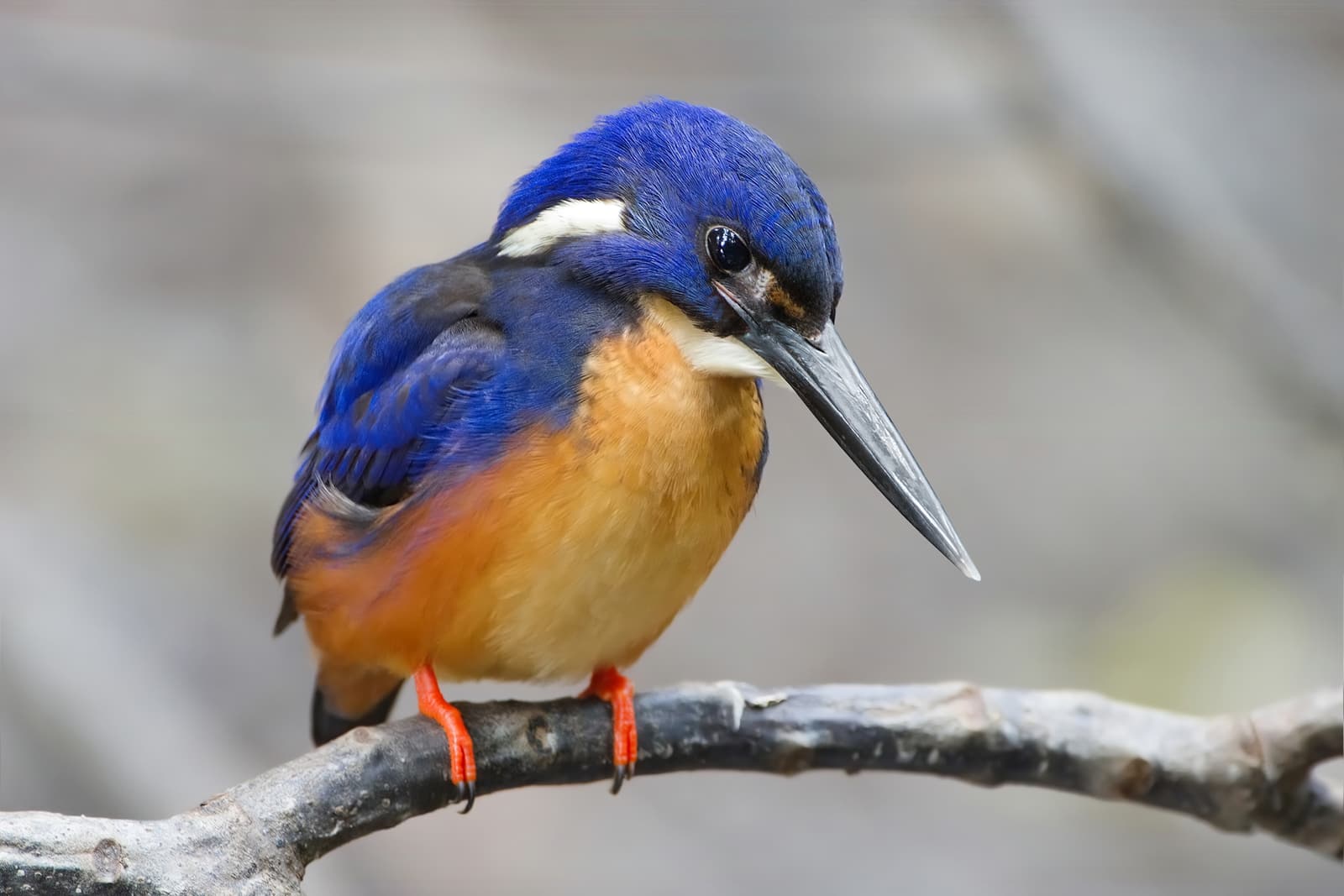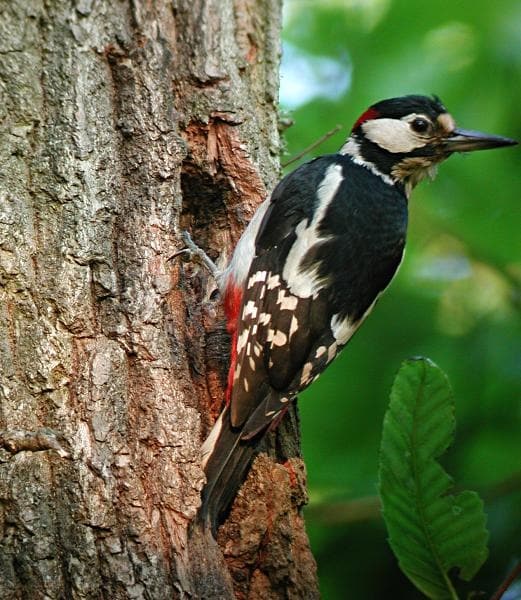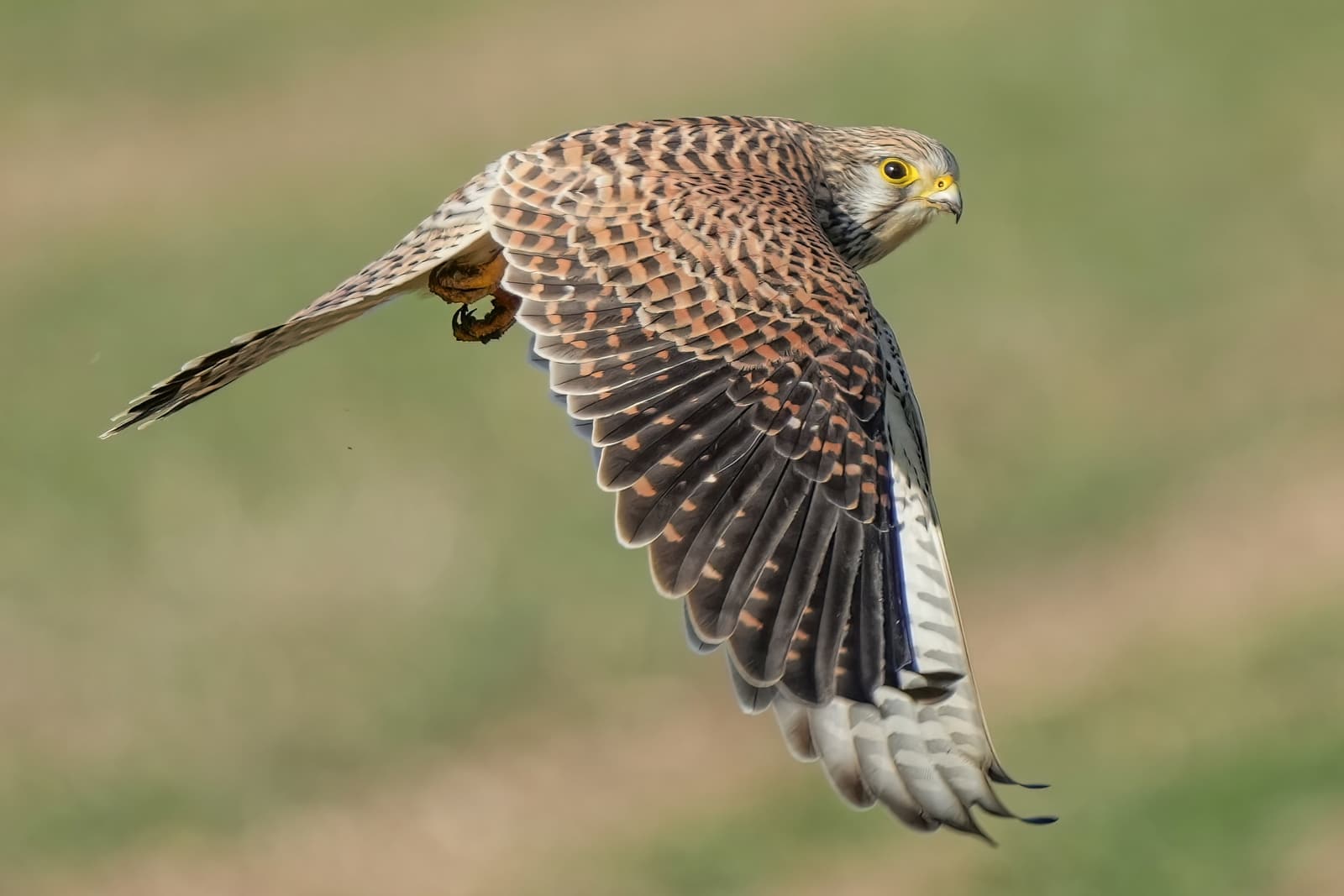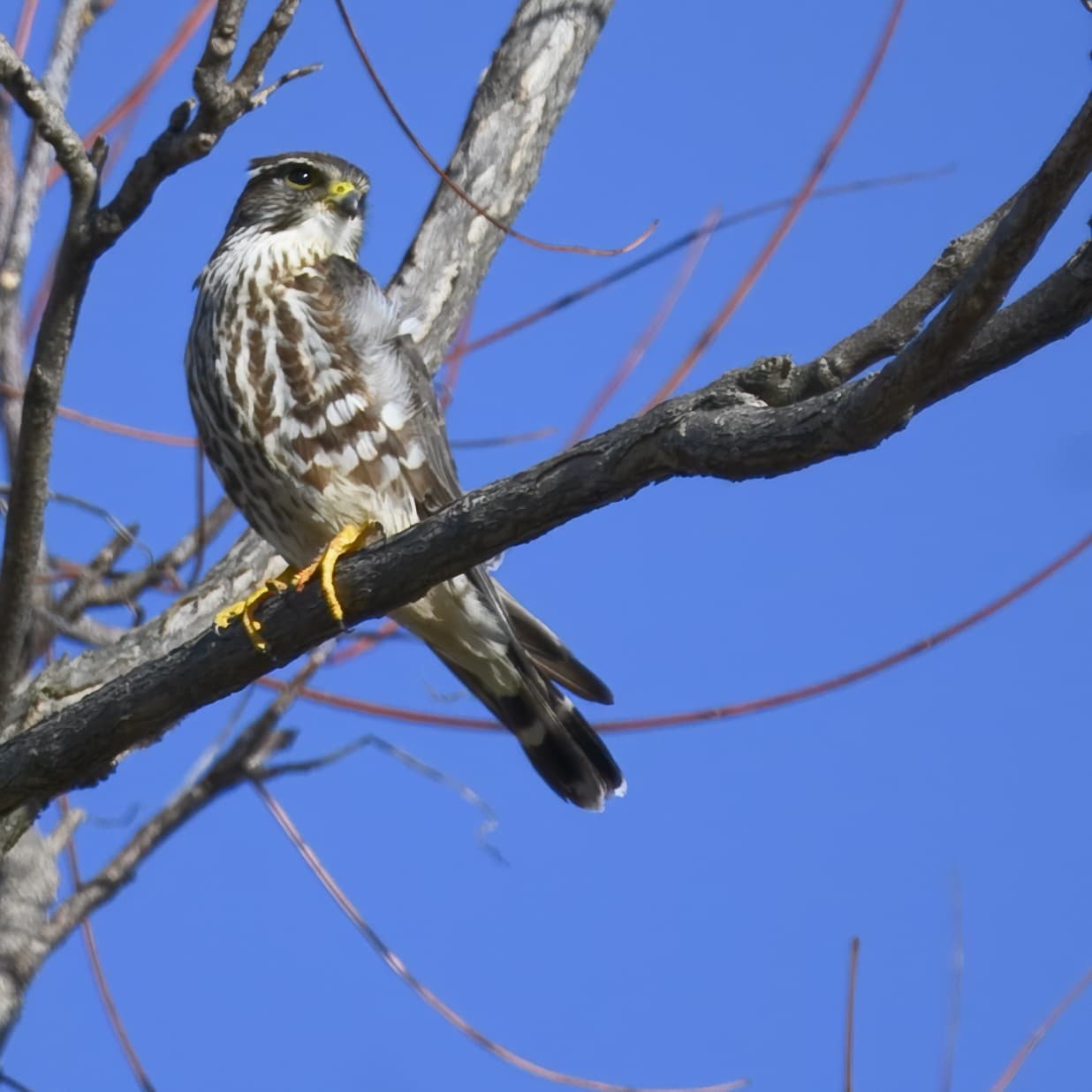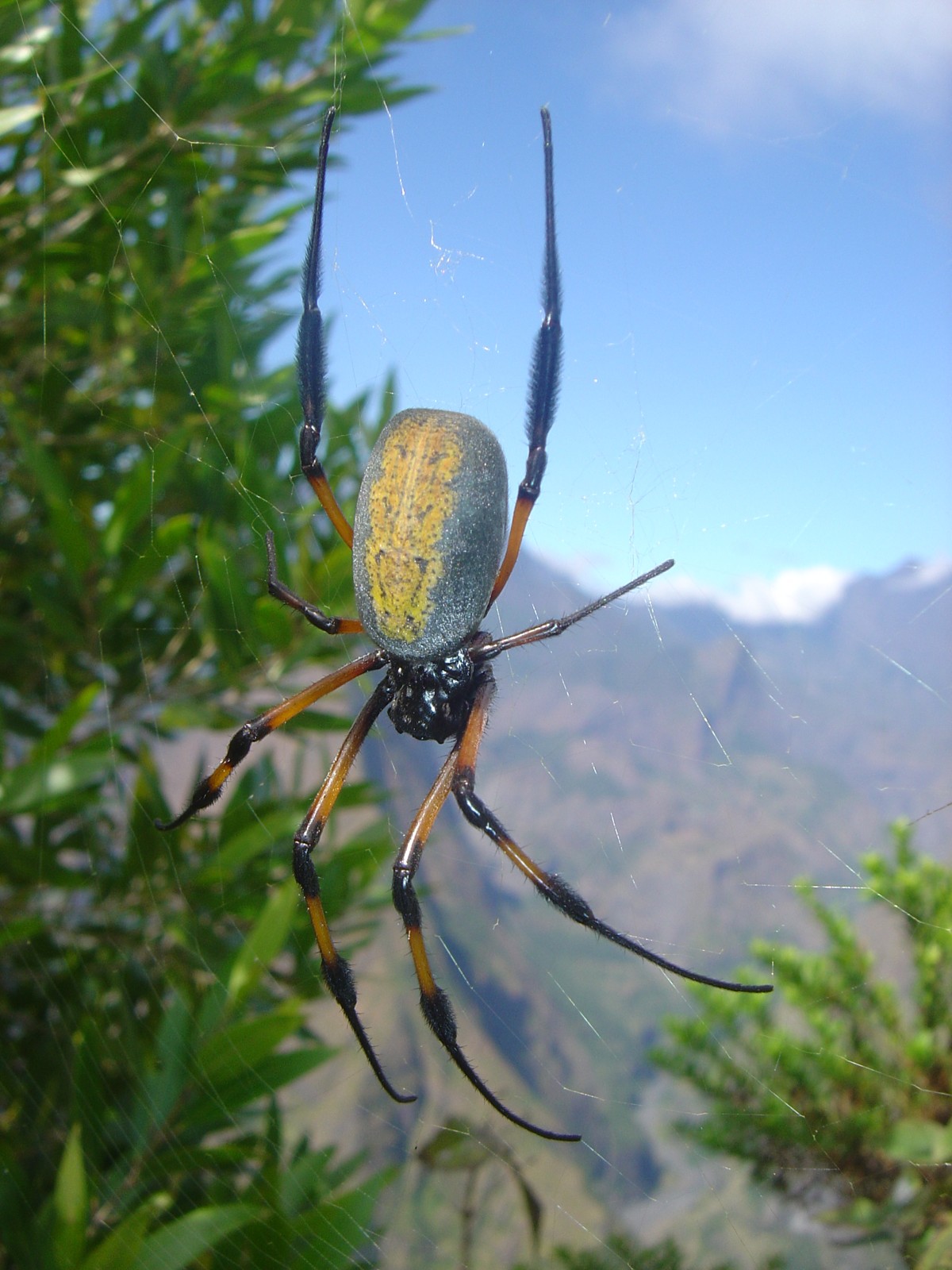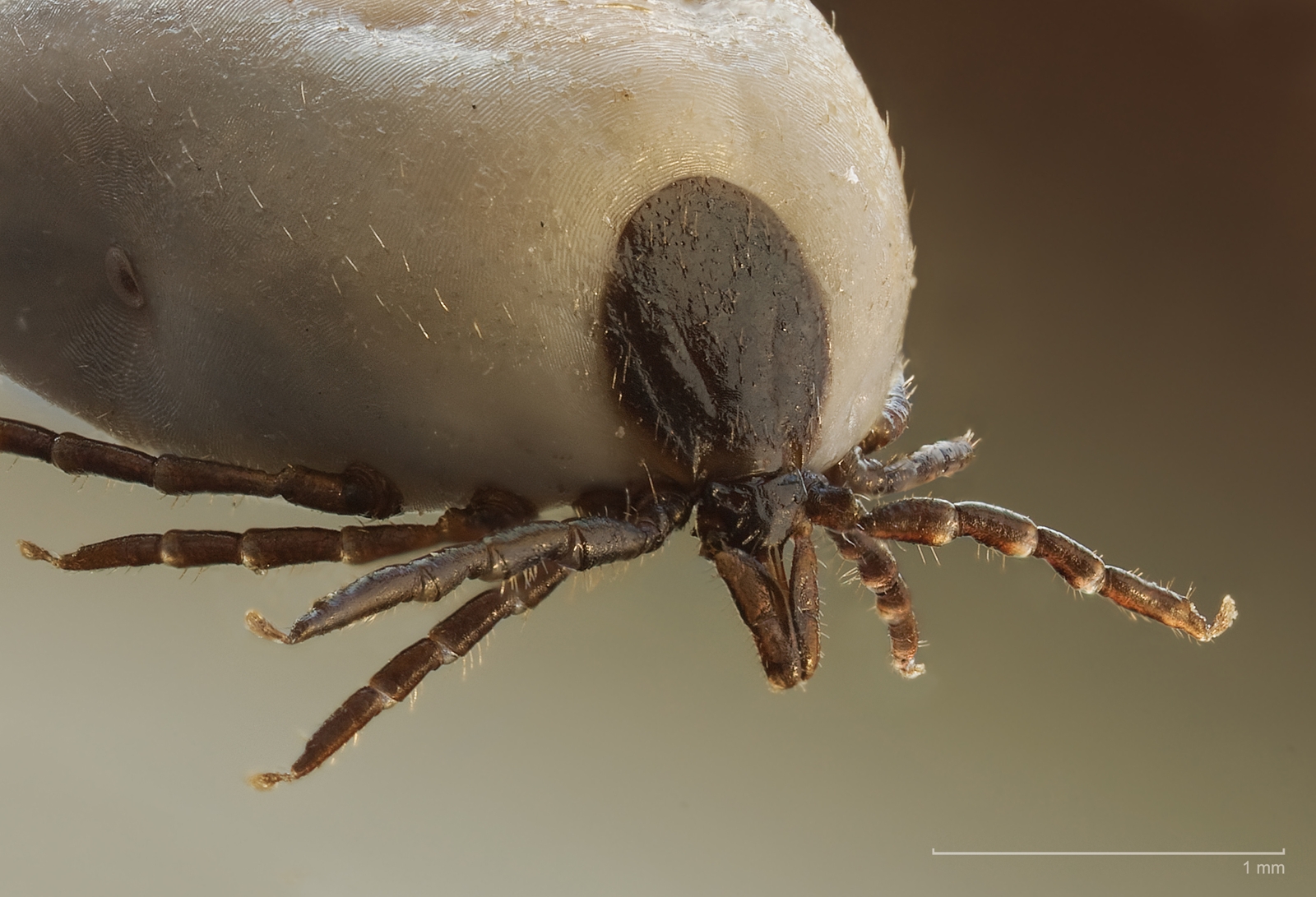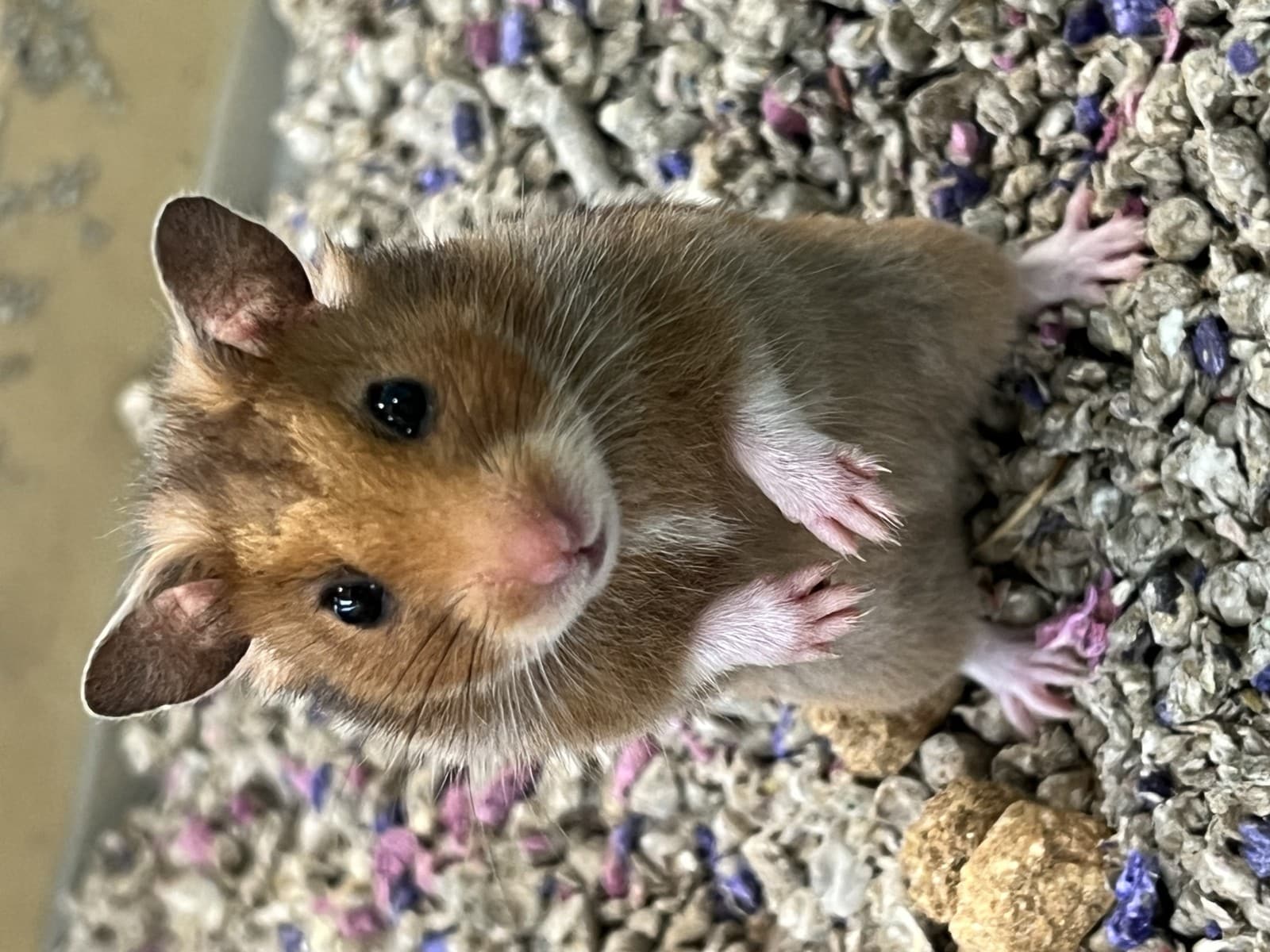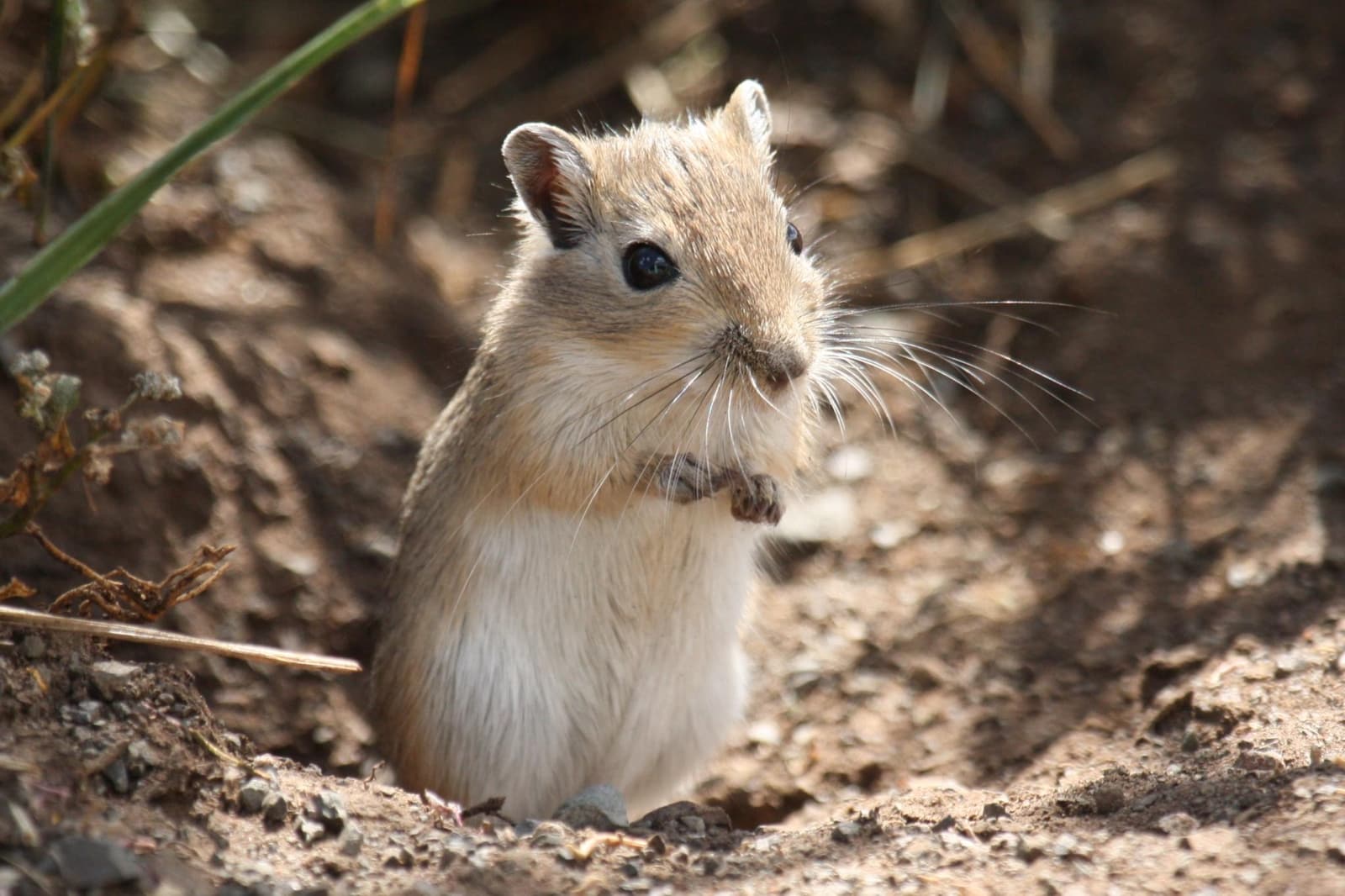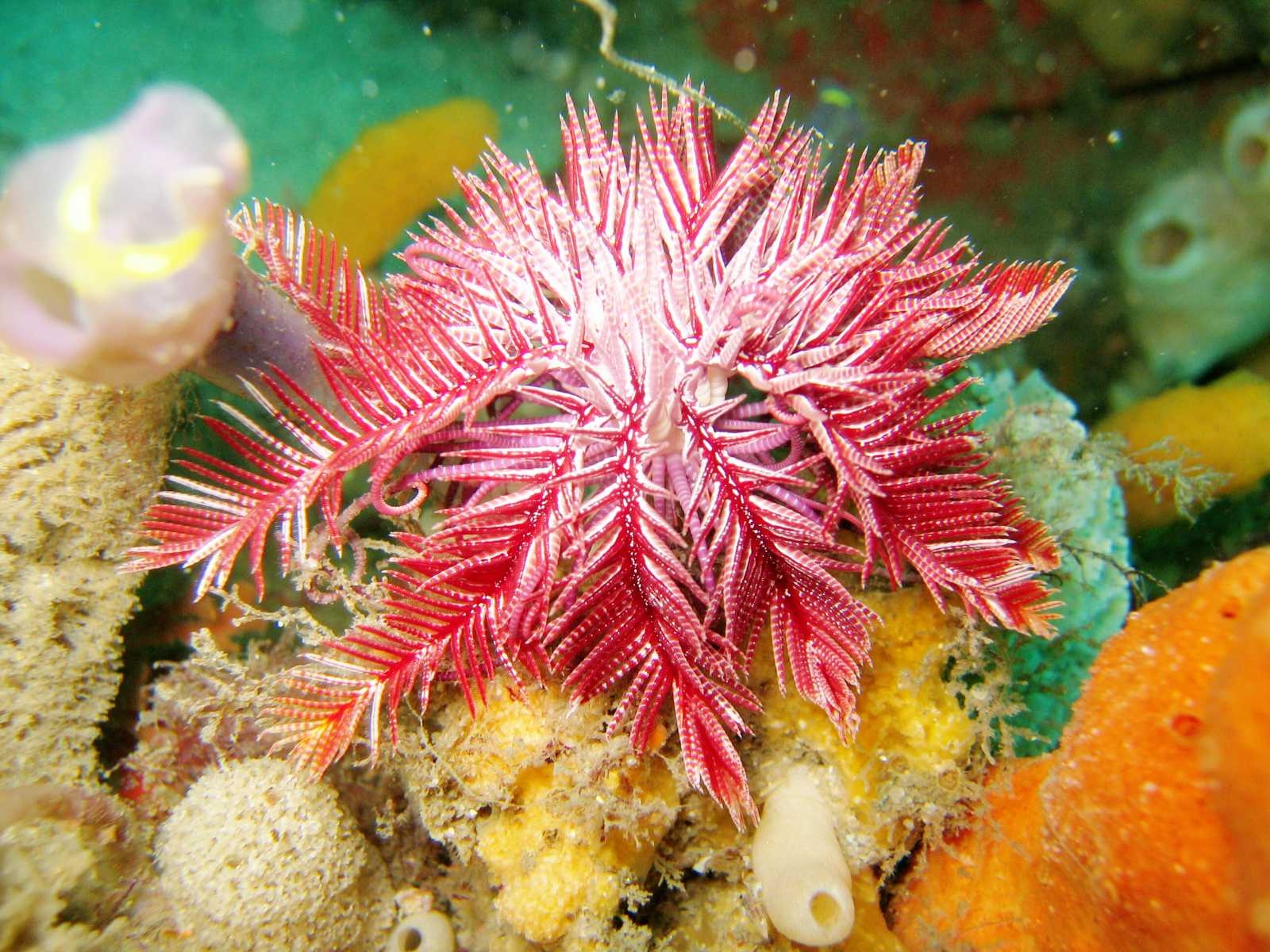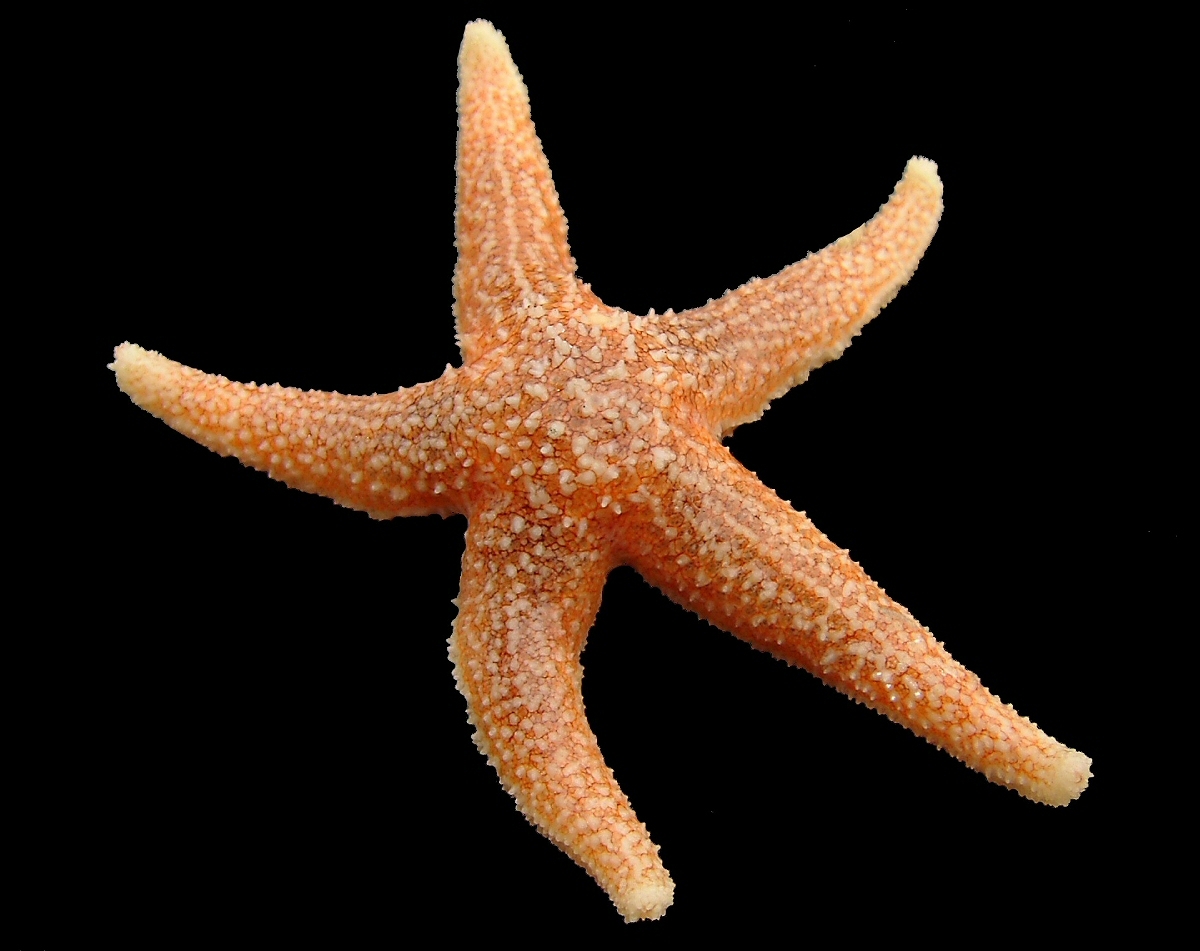Scarlet Macaw vs Hyacinth Macaw: A Complete Comparison
In the vibrant world of macaws, the Scarlet Macaw and Hyacinth Macaw stand out as two of the most spectacular species. While the Scarlet Macaw dazzles with its multicolored plumage, the Hyacinth Macaw commands attention as the world’s largest flying parrot, measuring an impressive 40 inches (100 cm) in length.
These magnificent parrots differ significantly in size, appearance, and habitat preferences. The Hyacinth Macaw weighs approximately 3.7 pounds (1.7 kg), nearly twice the size of the Scarlet Macaw, which typically weighs 2 pounds (0.9 kg). Understanding these distinctions helps appreciate each species’ unique characteristics and requirements in both wild and captive settings.
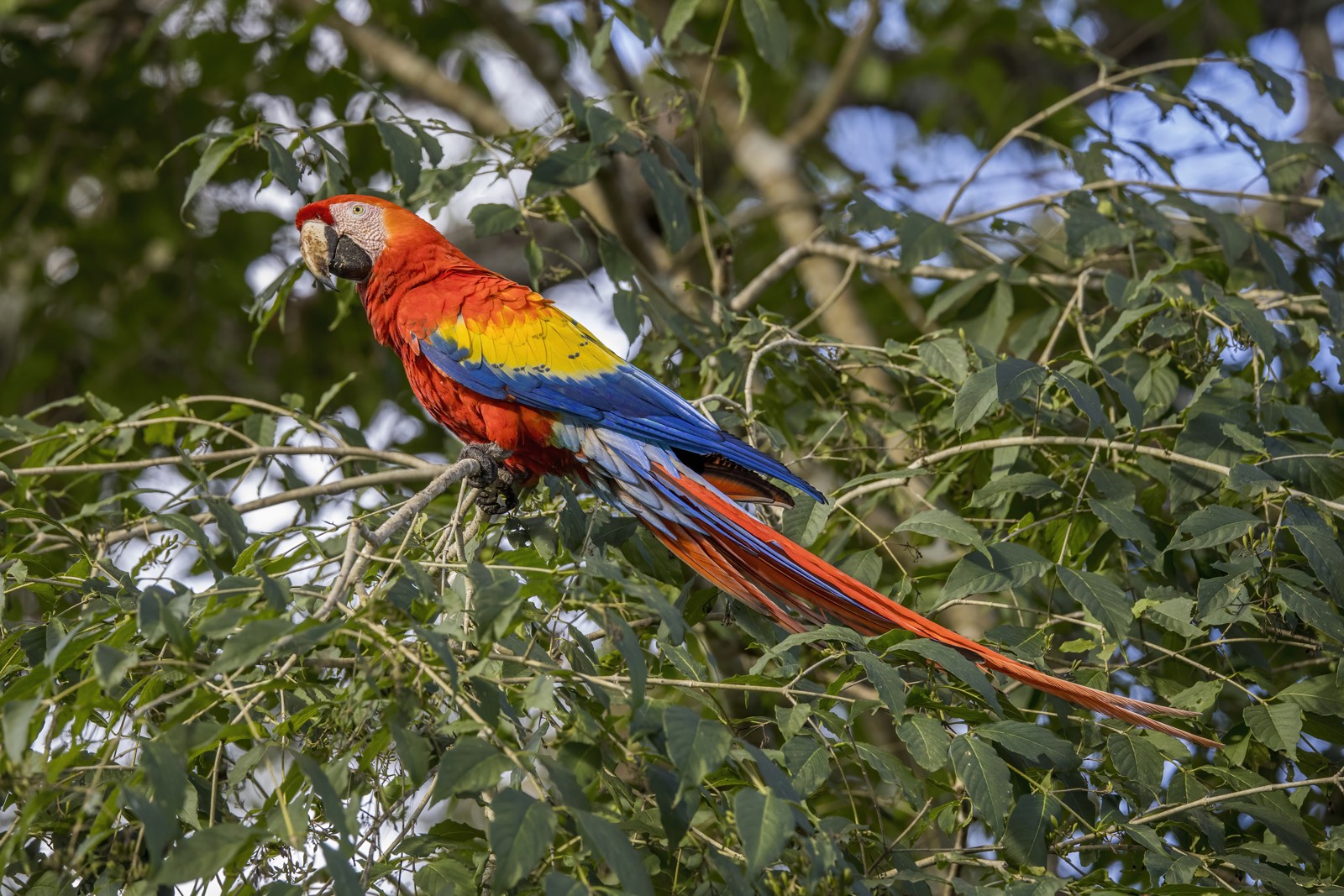
© Charles J. Sharp / CC BY-SA 4.0
The Scarlet Macaw showcases nature’s most vivid palette, with its distinctive red body complemented by yellow and blue wing feathers. This spectacular combination makes it one of the most recognizable parrots in the Amazon rainforest.
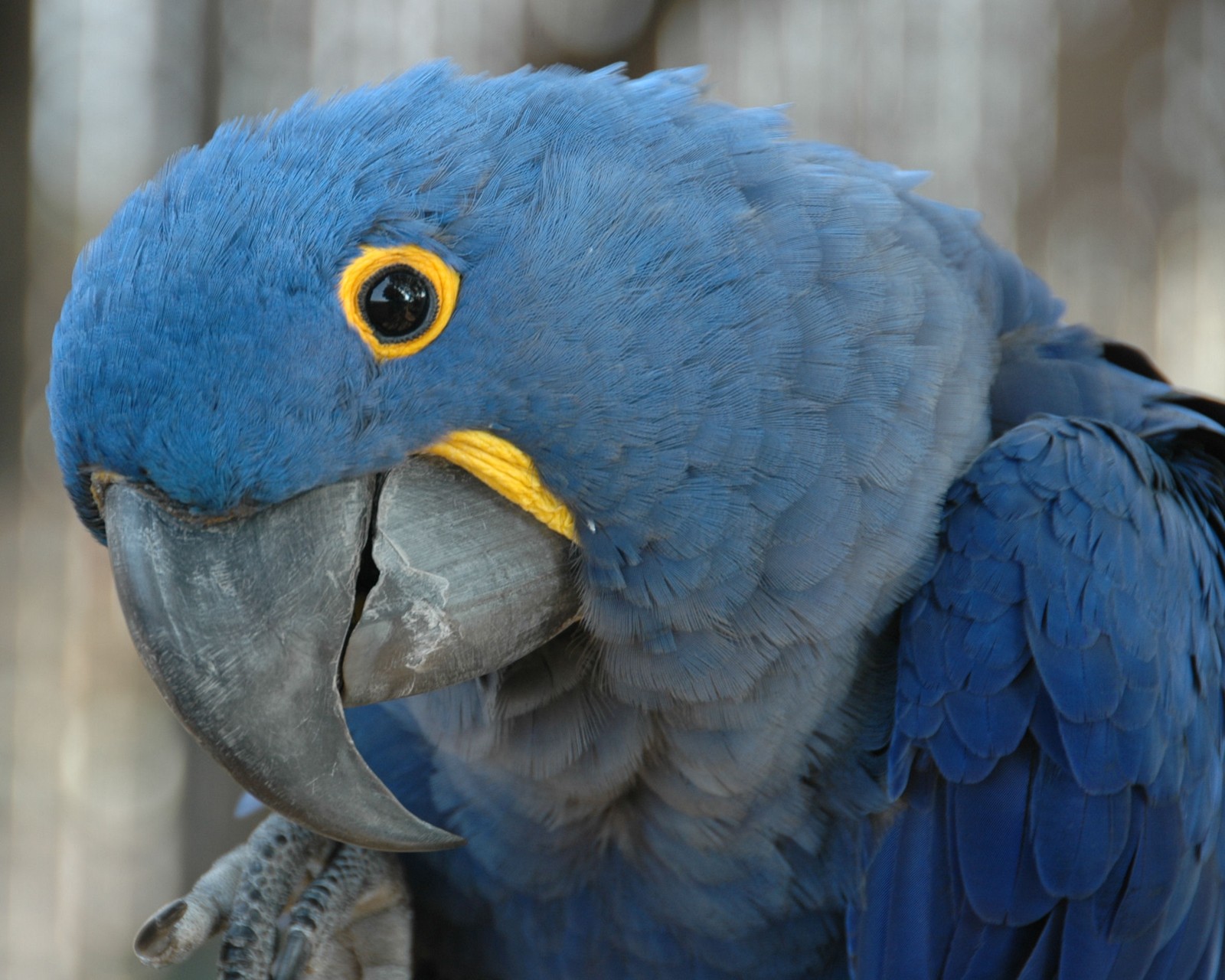
© Randy / CC BY 2.0
The Hyacinth Macaw’s monochromatic cobalt-blue plumage and massive black beak create an equally striking but more uniform appearance. The yellow eye ring and lower mandible patch provide subtle contrast to its deep blue feathers.
Key Differences: Scarlet Macaw vs Hyacinth Macaw
| Feature | Scarlet Macaw | Hyacinth Macaw |
|---|---|---|
| Size | 32 inches (81 cm) | 40 inches (100 cm) |
| Weight | 2 pounds (0.9 kg) | 3.7 pounds (1.7 kg) |
| Color | Red body, yellow/blue wings | Solid cobalt blue |
| Beak Strength | 400-500 PSI | 850-925 PSI |
| Habitat | Lowland rainforests | Palm swamps, woodland |
| Diet | Fruits, seeds, nuts | Palm nuts, coconuts |
Size and Physical Characteristics
The Hyacinth Macaw’s impressive size makes it the giant among all flying parrots. Its wingspan reaches up to 4.3 feet (1.3 meters), significantly larger than the Scarlet Macaw’s 3.3-foot (1-meter) wingspan. The Hyacinth’s massive beak, capable of generating 850-925 PSI of force, easily cracks open palm nuts and coconuts that other parrots cannot access.
Scarlet Macaws, while smaller, possess remarkable agility and maneuverability in dense forest canopies. Their more compact size allows them to navigate through tight spaces while foraging for fruits and seeds. Their beak strength of 400-500 PSI is still formidable but better suited to their varied diet of softer fruits and medium-sized nuts.
Habitat and Distribution
Scarlet Macaw Range
- Central America (southern Mexico to Panama)
- Northern South America
- Amazon Basin
- Prefers lowland rainforests below 3,000 feet (900 meters)
Hyacinth Macaw Range
- Central and eastern Brazil
- Eastern Bolivia
- Northeastern Paraguay
- Favors palm swamps and semi-open woodlands
Behavior and Intelligence
Both species demonstrate remarkable intelligence and complex social behaviors. Hyacinth Macaws show exceptional problem-solving abilities, particularly in manipulating tools to access food. Their gentle temperament, despite their imposing size, has earned them the nickname “gentle giants.”
Scarlet Macaws exhibit more animated personalities and are known for their vocal nature. They form strong pair bonds and communicate through an extensive repertoire of vocalizations. In the wild, they often gather in large, noisy groups, creating spectacular displays of color and sound in the forest canopy.
Conservation Status and Threats
Both species face significant conservation challenges:
- Scarlet Macaw: Listed as Least Concern but with decreasing populations
- Hyacinth Macaw: Vulnerable with approximately 6,500 individuals remaining
- Primary threats include:
- Habitat loss
- Illegal wildlife trade
- Agricultural expansion
- Climate change impacts
Which Makes a Better Pet?
While both species can form strong bonds with humans, their care requirements differ significantly. Hyacinth Macaws need extremely spacious enclosures and specialized diets focused on specific nuts. Their powerful beaks require extra-sturdy cage construction and toys.
Scarlet Macaws, though still demanding, adapt better to captivity due to their smaller size and more varied diet. However, both species require extensive social interaction, environmental enrichment, and significant financial investment in their care.
Note: Always check local regulations and obtain proper permits before considering either species as a pet. Both require experienced handlers and lifetime commitments of 50+ years.
